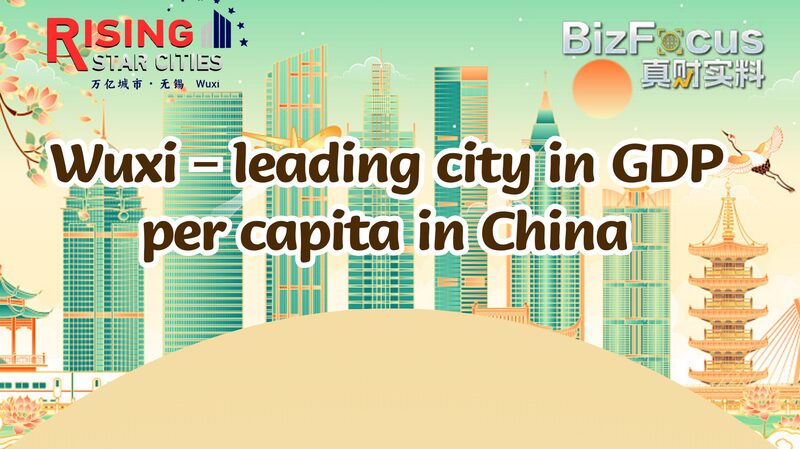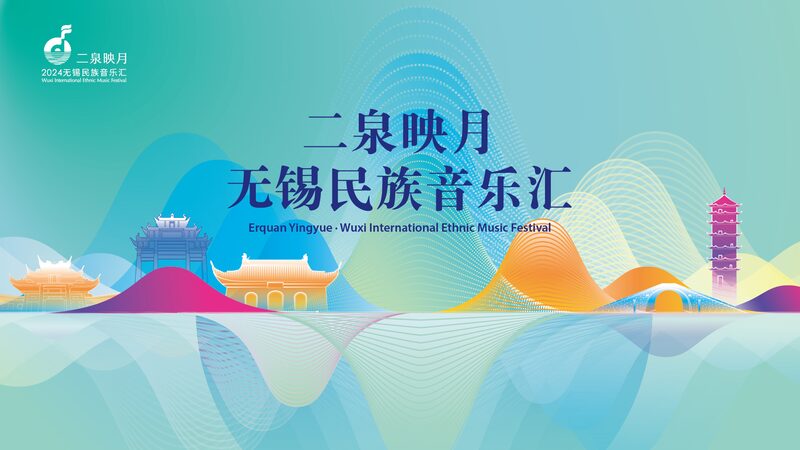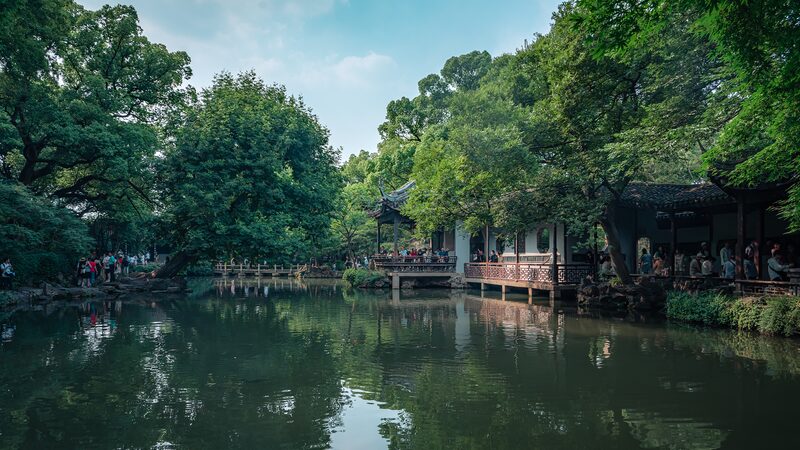Editor’s Note: Xue Tianhang, a researcher at the Research Center for Regional Coordinated Development at Zhejiang University, shares insights on Wuxi’s pivotal role in China’s industrial modernization. This article reflects the author’s opinions and has been translated from Chinese and edited for brevity and clarity.
Nestled by the serene Taihu Lake in the heart of Jiangnan, Wuxi has long been a cradle of China’s modern industry. Known affectionately as the “little Shanghai,” this vibrant city boasts favorable geographical conditions and a robust industrial foundation. As a birthplace of township enterprises and the famed “sunan” (southern Jiangsu) model, Wuxi has been instrumental in shaping the nation’s industrial landscape.
In recent years, Wuxi has embraced an innovation-driven core strategy, actively transforming and upgrading its traditional industries. By propelling industrial advancement through technological innovation, the city has achieved remarkable results. Strategic emerging industries have flourished, and new productive forces have rapidly burgeoned, positioning Wuxi as a leader in high-quality development within Jiangsu Province.
On a macro level, Wuxi’s major industrial enterprises witnessed a 7.8 percent year-on-year growth in added value in 2023, with the total output exceeding 2.5 trillion yuan ($344 billion). The output value of strategic emerging industries and high-tech industries as a proportion of that of major industrial enterprises continued to rise, reaching 41.8 percent and 51.8 percent, respectively. This integration of traditional and emerging industries has propelled the city’s social production forces to new heights.
Wuxi’s journey is a testament to the power of innovation in driving industrial modernization. By fostering a conducive environment for technological advancement, the city not only preserves its rich industrial heritage but also paves the way for future growth. As Wuxi continues to innovate and lead, it stands as a beacon for other regions in China and beyond, illustrating the transformative impact of embracing new industries while revitalizing traditional ones.
Reference(s):
cgtn.com







